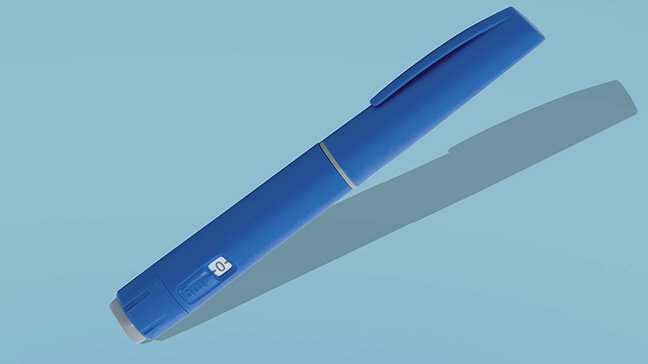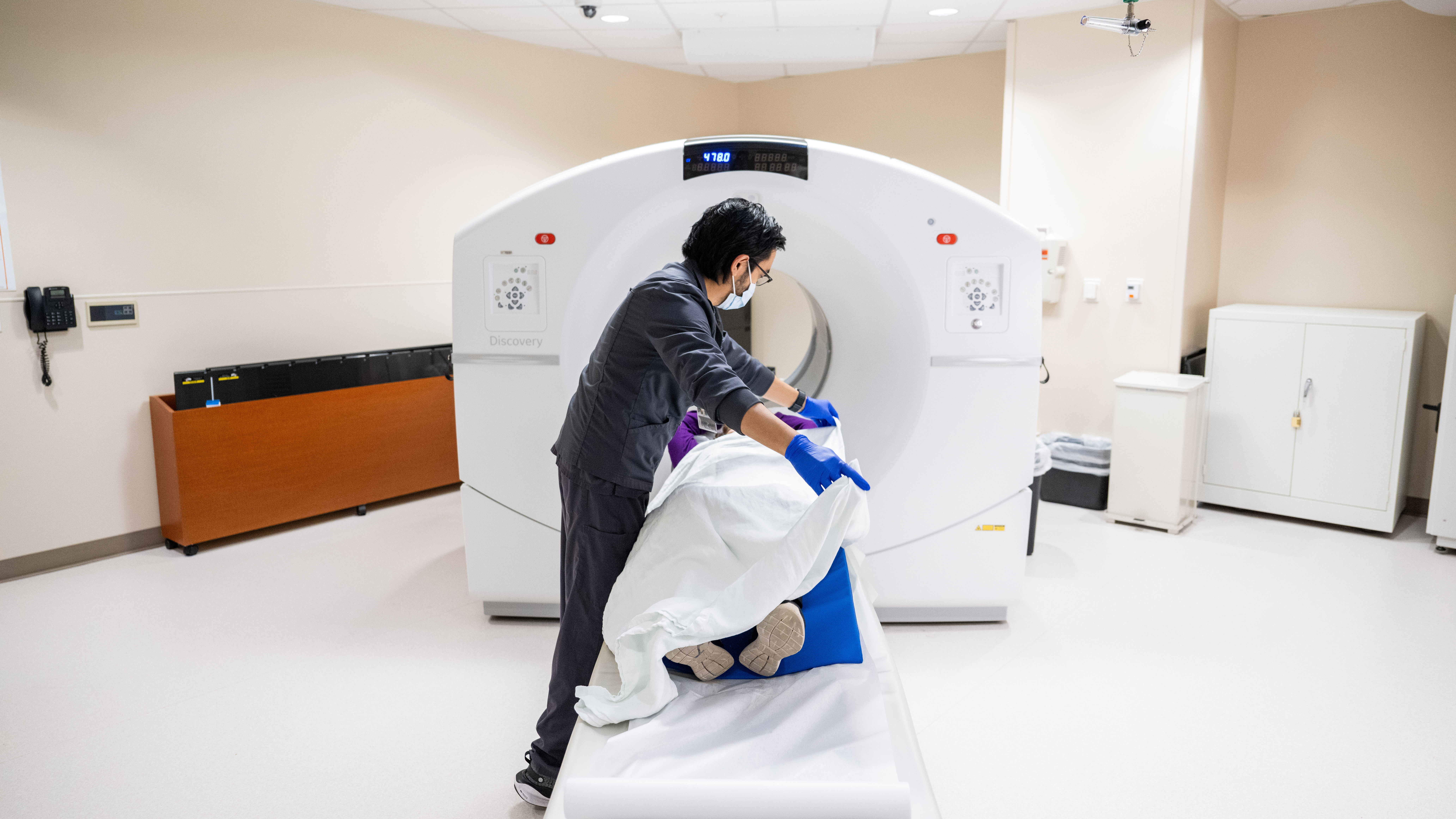- Diseases
- Acoustic Neuroma (16)
- Adrenal Gland Tumor (24)
- Anal Cancer (70)
- Anemia (2)
- Appendix Cancer (18)
- Bile Duct Cancer (26)
- Bladder Cancer (74)
- Brain Metastases (28)
- Brain Tumor (234)
- Breast Cancer (726)
- Breast Implant-Associated Anaplastic Large Cell Lymphoma (2)
- Cancer of Unknown Primary (4)
- Carcinoid Tumor (8)
- Cervical Cancer (164)
- Colon Cancer (168)
- Colorectal Cancer (118)
- Endocrine Tumor (4)
- Esophageal Cancer (44)
- Eye Cancer (36)
- Fallopian Tube Cancer (8)
- Germ Cell Tumor (4)
- Gestational Trophoblastic Disease (2)
- Head and Neck Cancer (14)
- Kidney Cancer (130)
- Leukemia (342)
- Liver Cancer (50)
- Lung Cancer (286)
- Lymphoma (278)
- Mesothelioma (14)
- Metastasis (30)
- Multiple Myeloma (100)
- Myelodysplastic Syndrome (60)
- Myeloproliferative Neoplasm (6)
- Neuroendocrine Tumors (16)
- Oral Cancer (102)
- Ovarian Cancer (178)
- Pancreatic Cancer (160)
- Parathyroid Disease (2)
- Penile Cancer (14)
- Pituitary Tumor (6)
- Prostate Cancer (150)
- Rectal Cancer (58)
- Renal Medullary Carcinoma (6)
- Salivary Gland Cancer (14)
- Sarcoma (238)
- Skin Cancer (300)
- Skull Base Tumors (56)
- Spinal Tumor (12)
- Stomach Cancer (66)
- Testicular Cancer (28)
- Throat Cancer (92)
- Thymoma (6)
- Thyroid Cancer (100)
- Tonsil Cancer (30)
- Uterine Cancer (86)
- Vaginal Cancer (18)
- Vulvar Cancer (22)
- Cancer Topic
- Adolescent and Young Adult Cancer Issues (22)
- Advance Care Planning (12)
- Biostatistics (2)
- Blood Donation (18)
- Bone Health (8)
- COVID-19 (360)
- Cancer Recurrence (120)
- Childhood Cancer Issues (120)
- Clinical Trials (628)
- Complementary Integrative Medicine (22)
- Cytogenetics (2)
- DNA Methylation (4)
- Diagnosis (238)
- Epigenetics (6)
- Fertility (62)
- Follow-up Guidelines (2)
- Health Disparities (14)
- Hereditary Cancer Syndromes (128)
- Immunology (18)
- Li-Fraumeni Syndrome (8)
- Mental Health (122)
- Molecular Diagnostics (8)
- Pain Management (62)
- Palliative Care (8)
- Pathology (10)
- Physical Therapy (18)
- Pregnancy (18)
- Prevention (936)
- Research (390)
- Second Opinion (78)
- Sexuality (16)
- Side Effects (616)
- Sleep Disorders (10)
- Stem Cell Transplantation Cellular Therapy (216)
- Support (408)
- Survivorship (328)
- Symptoms (182)
- Treatment (1788)
Endoscopic ultrasound (EUS): How it works, why it’s used and what to expect
5 minute read | Published December 12, 2023
Medically Reviewed | Last reviewed by an MD Anderson Cancer Center medical professional on December 12, 2023
Endoscopic ultrasound (EUS) is a procedure that examines your gastrointestinal tract. It combines two imaging techniques – endoscopy and ultrasound. EUS can be used to diagnose diseases and other conditions in your digestive tract and nearby organs and tissues.
Gastroenterologist Manoop Bhutani, M.D., is a pioneer in endoscopic ultrasound, having performed thousands of these procedures since the early 1990s. We spoke with Bhutani to learn more about EUS.
Why would you need an endoscopic ultrasound?
If scans or tests reveal something suspicious in or near your gastrointestinal tract, your doctor may order an EUS to better examine the area.
During an upper endoscopic ultrasound, the doctor looks for any abnormalities within the deep layers of the upper gastrointestinal system and adjacent organs, including the:
- esophagus
- trachea
- heart
- aorta
- lungs
- stomach
- duodenum
- pancreas
- liver
- gallbladder
- bile ducts
- nearby lymph nodes
Doctors will check for abnormalities in the lower gastrointestinal system during a lower endoscopic ultrasound, which includes outside the walls of the colon and rectum and nearby lymph nodes.
How does an endoscopic ultrasound work?
A long flexible tube called an endoscope with a tiny ultrasound device on the tip is inserted through the mouth and passed through the esophagus and stomach until it reaches the small intestine. This is referred to as an upper endoscopic ultrasound. During a lower EUS, the endoscope is inserted through the anus and passed through the rectum until it reaches the colon (large intestine).
Once the endoscope is inside, high-frequency sound waves reflect off organs, tissue and other structures to create images.
“Organs and structures will respond differently to the sound waves, based on their density,” explains Bhutani. “Something hard, like a gallstone, will completely reflect the sound, whereas a liquid wouldn’t offer as much resistance to the passage of sound. Because of that, images are created in dark and light shades.”
Unlike a regular endoscopic exam that looks within the lumen (cavity) of the gastrointestinal tract, EUS can look deeper than the innermost lumen as well as outside of the gastrointestinal tract.
Because this is such a complex procedure, it should only be performed by an endoscopist with specialized training.
What is an endoscopic ultrasound used for in cancer care?
Endoscopic ultrasound can help diagnose cancers and other disorders within the gastrointestinal tract and determine the stage of the cancer.
“The gastrointestinal tract is about 3 millimeters thick, and there are different layers within it,” says Bhutani. “Imaging techniques like CT scans and MRIs are good at picking up distant spread, but they cannot accurately tell us how many layers are involved with local spread. We can achieve that kind of precision using endoscopic ultrasound.”
Endoscopic ultrasound can also help doctors tell if cancer has spread to the lymph nodes or other organs.
Doctors can use an endoscope with a small needle to take tissue samples for a biopsy. This procedure is called EUS-guided fine needle aspiration or EUS-guided fine needle biopsy.
“EUS can assess stones in the bile duct and determine if we need to do more invasive procedures to remove the stones,” says Bhutani. “We can examine subepithelial masses that are deeper to the epithelium, the innermost lining of the gastrointestinal tract. We can also examine lumps and bumps in the stomach that could be benign or more aggressive, like precancerous tumors.”
EUS can also help doctors diagnose chronic pancreatitis and other disorders of the pancreas.
How do you prepare for an endoscopic ultrasound?
An upper EUS procedure, which is more common than lower EUS, typically requires you to fast overnight.
The prep for a lower EUS procedure is similar to the prep for a colonoscopy. You’ll need to completely clean out your colon by drinking a solution that works as a laxative.
Your doctor will provide specific instructions before your procedure regarding diet, fasting and which medicines to take or hold off on.
“Usually, you’ll be put under deep sedation to general anesthesia for the actual procedure, depending on your symptoms, health issues, physical build, anatomy of your internal organs and indication for procedure,” says Bhutani. “The anesthesia team will monitor your breathing and heart rhythms and make sure you’re asleep and not in pain.”
Patients are usually able to go home the same day. You must have someone available to drive you home. If you are using a rideshare app, you must be accompanied by a responsible adult.
What should you expect after an endoscopic ultrasound?
You may experience a sore throat after an upper EUS procedure, or you may experience gas or slight discomfort after a lower EUS procedure. Symptoms are usually not severe.
Based on your procedure, your doctor will determine when you can resume eating or drinking.
“Some patients may be required to stay on a liquid-only diet for a few hours,” says Bhutani. “Usually, they’re able to drink soon after the procedure and resume normal food intake that day.”
You should take it easy for the remainder of the day. This means you shouldn’t drive, operate heavy machinery, or do anything that requires mental or physical coordination. By the next day, most patients are back to their normal activities.
What new advances are being made in the way endoscopic ultrasound is used?
Due to the location of the pancreas and because many people often show no obvious symptoms, it can be hard to detect pancreatic cancer early. At MD Anderson, we’re using EUS to find pancreatic cancer early in patients at high risk for this disease.
“If we see a cyst in the pancreas that we suspect may be cancerous, we can use EUS-guided fine needle aspiration to analyze cells for cancer, precancer or future cancer potential,” says Bhutani. “Because of its precision and ability to take tissue samples, endoscopic ultrasound has become the most accurate method for early detection of pancreatic cancer.”
Bhutani and colleagues are also looking to expand the use of endoscopic ultrasound in pancreatic cancer treatment.
This includes using EUS guidance to place gold seeds into the tumors of patients who will receive stereotactic body radiation therapy. The seeds, each the size of a grain of rice, create a target for the radiation oncologist to radiate the tumor and spare nearby organs.
“There’s also potential to use EUS guidance to inject medicine directly into tumors,” says Bhutani. “A lot of this is being studied in clinical trials, and I’m involved in many of those trials.”
Depending on the results of the clinical trials, Bhutani believes EUS could change the standard of care treatment for pancreatic cancer.
“Since I was involved in the early development of this technique, I’m excited to see where it leads us in the future.”
Request an appointment at MD Anderson online or by calling 1-844-952-3934.
Related Cancerwise Stories

Endoscopic ultrasound has become the most accurate method for early detection of pancreatic cancer.
Manoop Bhutani, M.D.
Physician & Researcher






